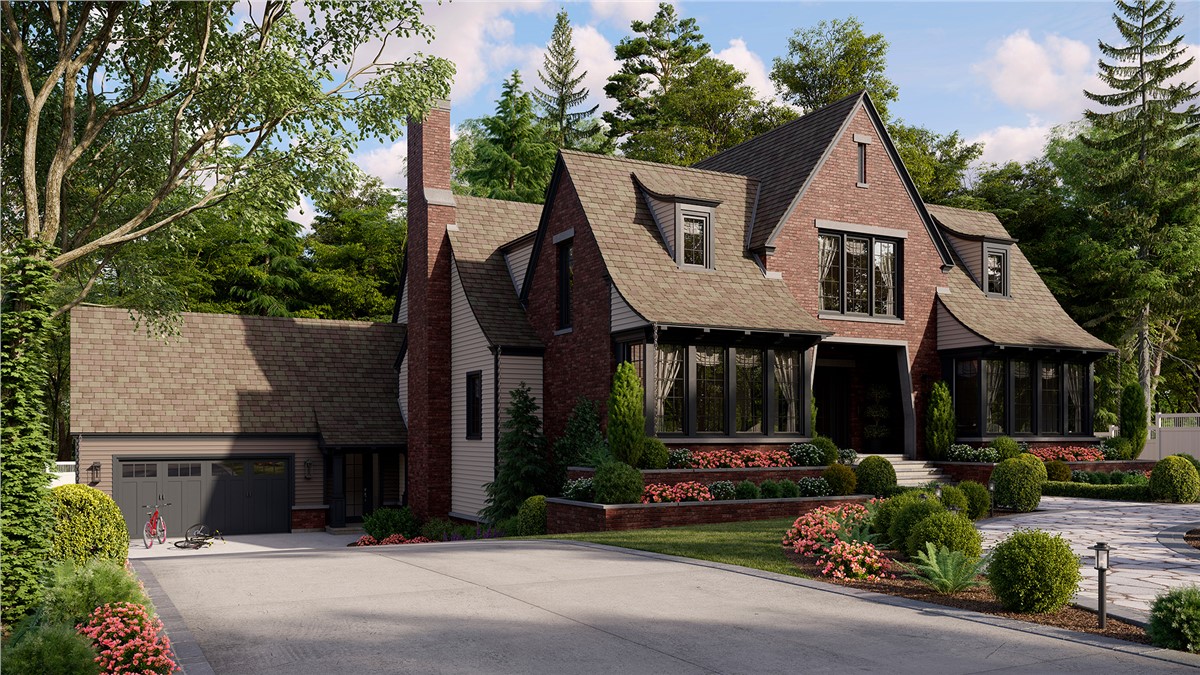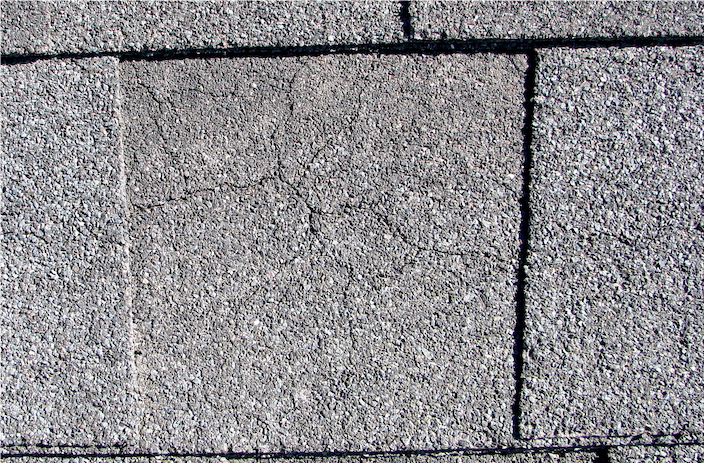What’s got the look of wood siding and the strength of cement? You guessed it, fiber cement siding. This, now popular building material was developed by James Hardie in the early 1980’s. The company’s engineers wanted to create building products that could withstand the test of time, all while valuing smart design.
So what’s James Hardie’s fiber cement made of?
It’s a combination of materials including: sand, cellulose fiber, Portland cement, and water (which it recycles up to four times during the manufacturing process).
What are the benefits of James Hardie fiber cement products?
- Longevity and Durability. James Hardie’s fiber cement formulation is engineered to help withstand rot and damage caused by insects and pests.
- Fire Resistant. In the unfortunate case of a fire, fiber cement siding will help slow down the progress of the flames (James Hardie siding is rated as non-combustible) and may give you time to escape and the fire department time to extinguish the blaze.
- Storm Resistant. Whether you're looking for a siding material that can withstand a Minnesota blizzard, or one that can fend off a summer heat wave, James Hardie’s fiber cement siding is formulated with your region’s climate in mind.
- Fade Resistant. James Hardie® siding and trim have the benefit of ColorPlus® Technology, a color system that bakes on fade-resistant color. Your siding will look vibrant for years without excessive maintenance and is protected against peeling, cracking and chipping with a 15-year limited warranty that covers paint and labor.
- Distinctive Design. JamesHardie siding and trim products can be made to mimic just about any other siding material, including wood lapboards, cedar shingles, and wood shake siding all in a refreshed palette of colors made exclusively to reflect the taste and styles of Midwest homeowners.
James Hardie is at the forefront of the fiber cement industry—it not only created the most durable siding product in the industry, but they continue to invest millions in product research and development.
Tags
Subscribe to Stan's Roofing & Siding's Blog








Comments